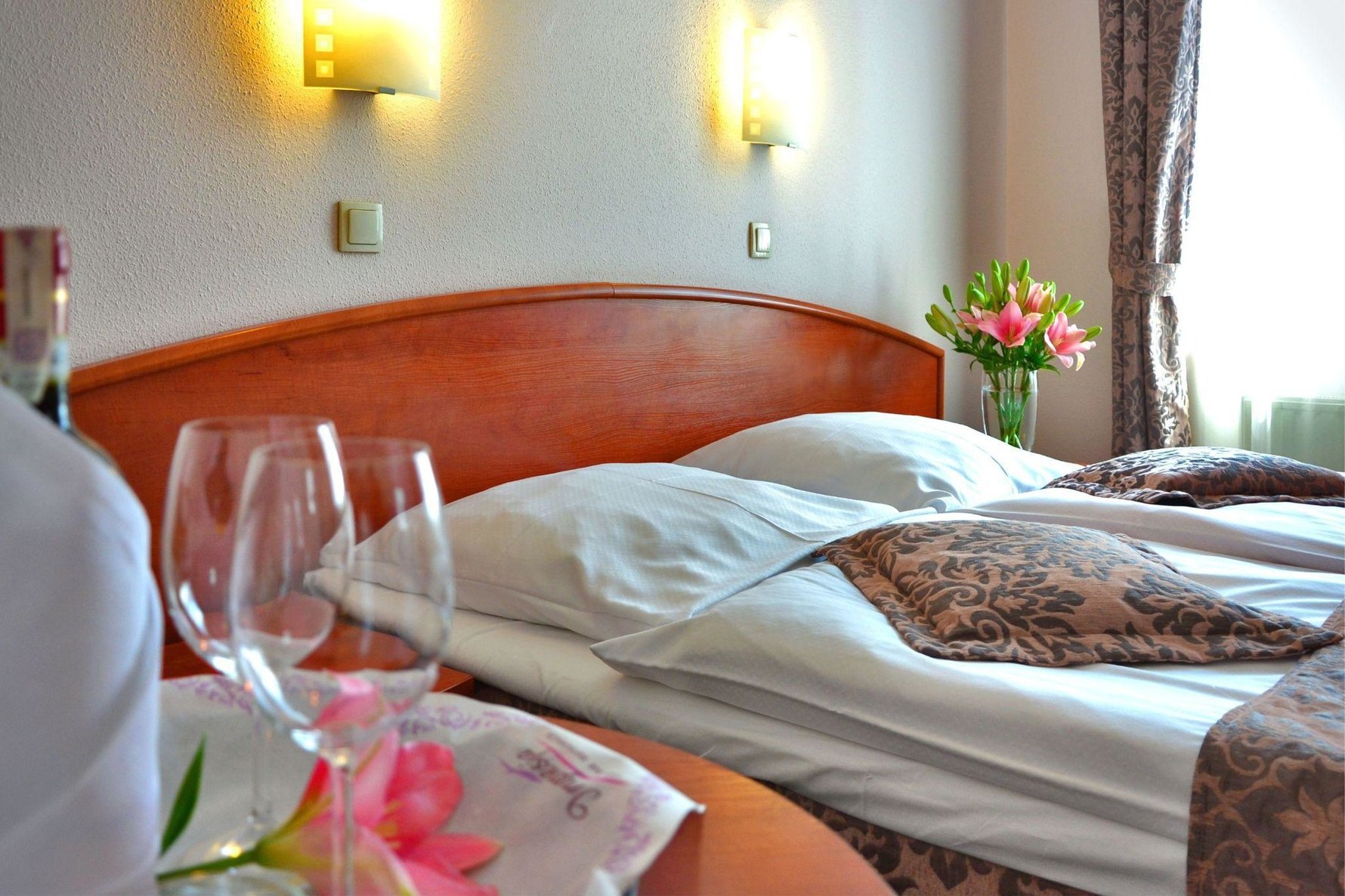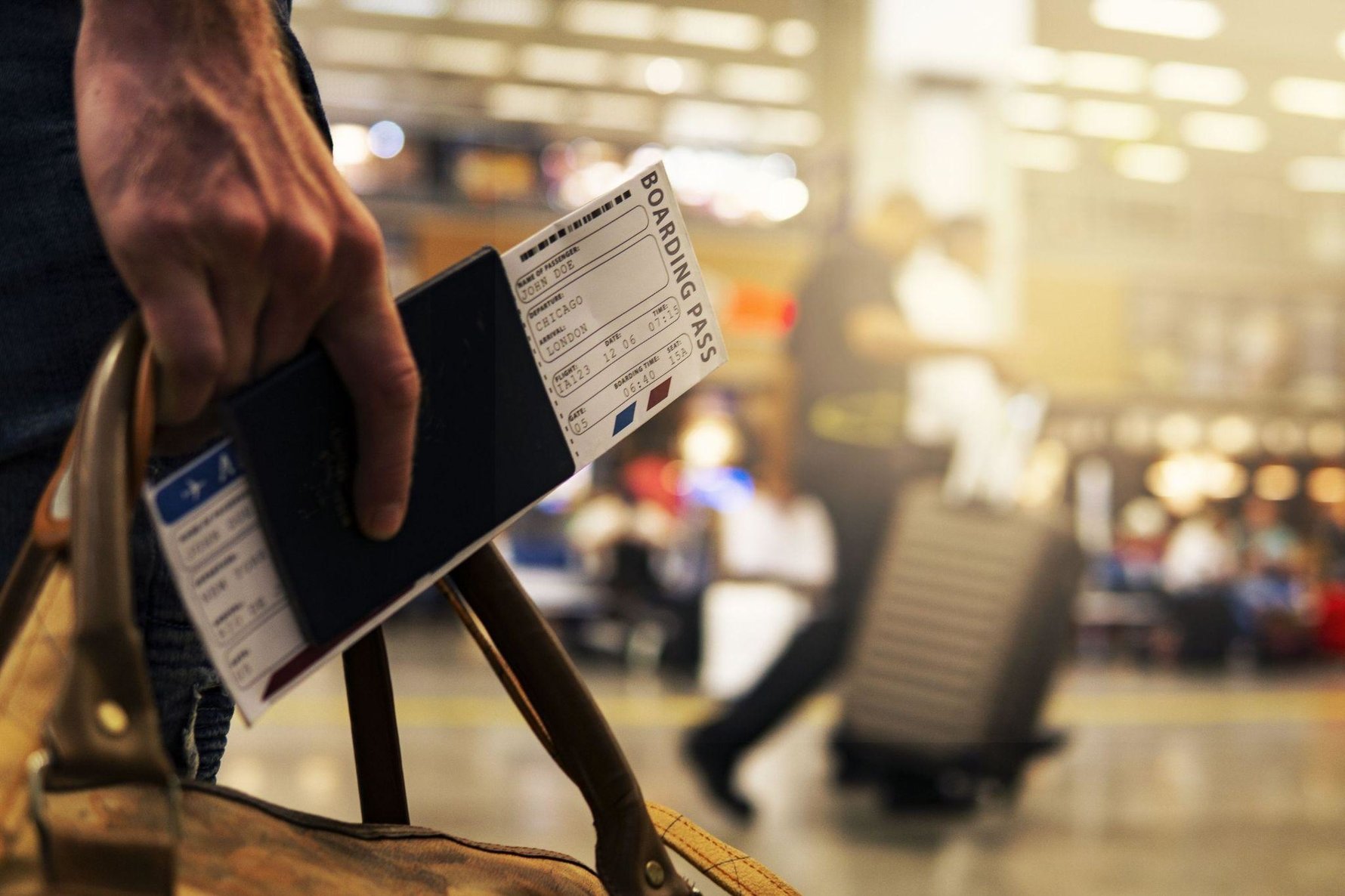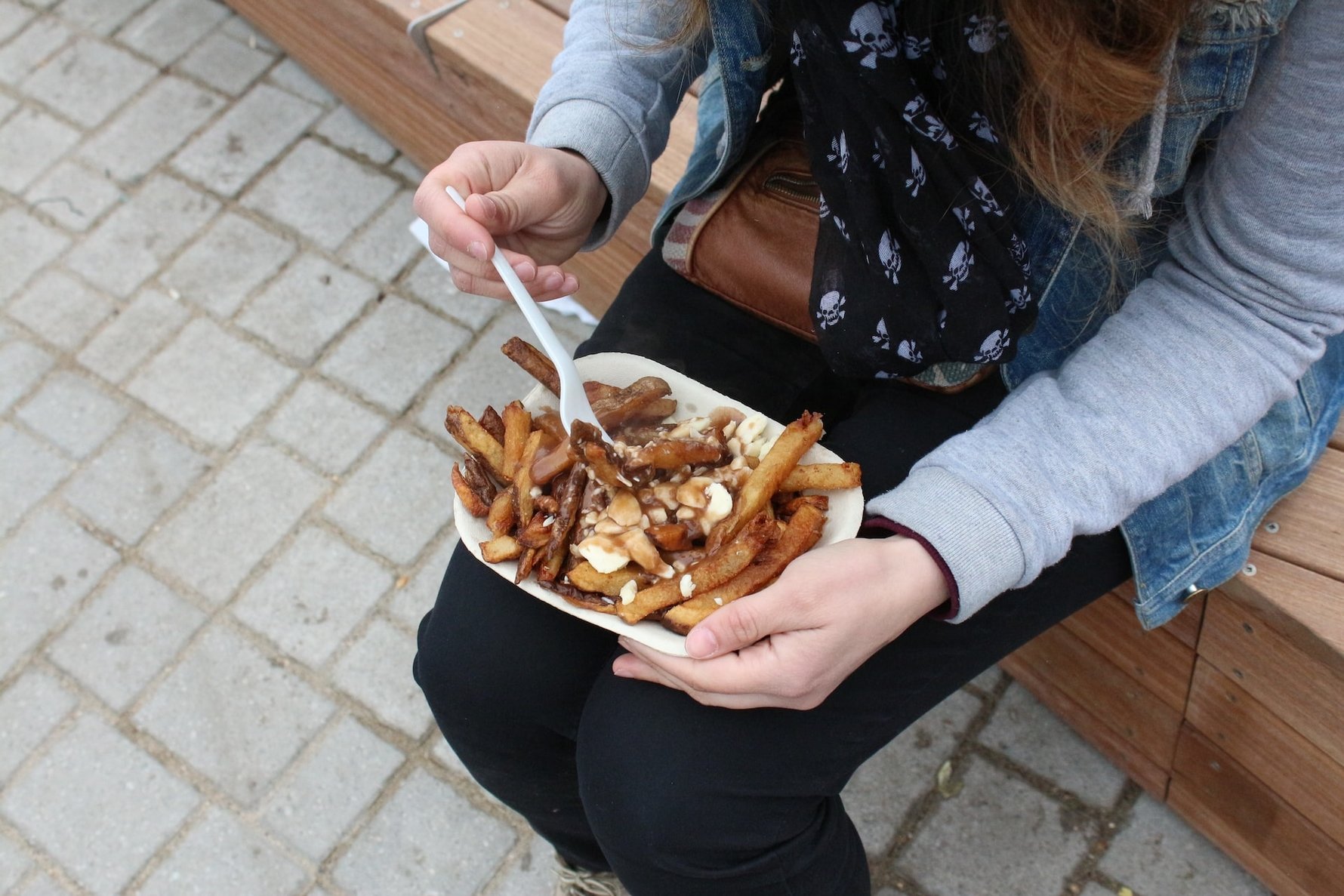Getting to Canada
Canada is a popular tourist destination, and as such, it's well-connected to many major cities around the world. The country has several international airports, including Toronto Pearson International Airport, Vancouver International Airport, and Montreal-Trudeau International Airport. Depending on where you're traveling from, you may also be able to find direct flights to other airports throughout Canada.If you're traveling to Canada by land, you'll need to plan your route carefully, as the country is vast and distances between cities can be significant. The country has an extensive network of highways and roads, and many visitors choose to rent a car to explore Canada's stunning natural landscapes.
Accommodation
Canada has a wide range of accommodation options, from budget-friendly hostels and camping sites to luxury hotels and resorts. If you're traveling on a budget, hostels and rentals are great options, particularly in larger cities. Camping is also a popular option, with many national and provincial parks offering campsites and cabins for rent.If you're looking for a more luxurious experience, Canada has plenty of high-end hotels and resorts, particularly in popular tourist destinations like Banff and Whistler. Be sure to book your accommodation in advance, particularly during peak travel season, to ensure that you can find the best deals and availability. A great way to find a rental is to use a website like Rentola, that has all of the best property options out there. By sorting out this step early on, you can focus on organizing the rest of your trip to the Great White North.

Entry Requirements
Before traveling to Canada, you'll need to make sure you have the appropriate travel documents. Most visitors will require a valid passport and an Electronic Travel Authorization (eTA) or visa to enter the country, depending on their nationality. It's essential to check the entry requirements for your country of origin and ensure that you have the necessary documents before you leave.Climate and Weather
Canada experiences four distinct seasons, with temperatures ranging from sub-zero in the winter to scorching hot in the summer. The weather can vary significantly depending on where you're visiting in the country, so it's important to pack accordingly.If you're traveling during the winter months, be sure to bring warm, waterproof clothing, as temperatures can drop below freezing in many parts of the country. In the summer, it can be hot and humid, particularly in cities like Toronto and Montreal, so be sure to pack light, breathable clothing.

Currency and Banking
The currency used in Canada is the Canadian dollar (CAD). It's important to have some cash on hand when traveling in Canada, particularly if you plan to visit smaller towns or rural areas where credit cards may not be accepted.There are plenty of ATMs and banks throughout the country where you can withdraw money or exchange currency, but it's worth noting that some banks may charge fees for international transactions. Be sure to check with your bank before you leave to ensure that you can use your cards abroad and understand any associated fees.
Transportation
Canada is a vast country, and getting around can be challenging, particularly if you're visiting more remote areas. Many visitors choose to rent a car to explore Canada's stunning natural landscapes, but there are plenty of other transportation options available.The country has an extensive public transportation system, including buses, trains, and subways, in major cities. Taxis and ride-sharing services like Uber and Lyft are also available in most urban areas. If you're planning to travel between cities, you can also take a domestic flight, which is often the fastest and most convenient option.

Food and Drink
Canada is a diverse and multicultural country, and its food scene reflects this diversity. From traditional cuisine to international dishes, there's something for everyone. Here are some of the most popular Canadian foods and drinks you should try during your visit:- Poutine is a quintessential Canadian dish made with French fries, cheese curds, and gravy. It's a simple but delicious comfort food that you can find in many restaurants and fast-food chains throughout Canada.
- Canada is the largest producer of maple syrup in the world, and this sweet, sticky syrup is a staple in Canadian cuisine. You can find maple syrup in everything from pancakes and waffles to desserts and cocktails.
- Beaver tails are a popular Canadian treat that's similar to a doughnut. They're fried dough topped with various sweet toppings like cinnamon sugar, Nutella, or maple syrup.
- Montreal is famous for its smoked meat, a type of deli meat made from beef brisket. It's typically served on rye bread with mustard, and it's a must-try for any meat lover visiting Canada.

In addition to the food, Canada has a thriving craft beer scene, with microbreweries and brewpubs popping up all over the country. Canada is also known for its ice wine, a sweet dessert wine made from grapes that are harvested and pressed while frozen.
If you're looking for a unique dining experience, you might want to try a traditional Indigenous meal. Many Indigenous communities across Canada offer food tours and cultural experiences that allow visitors to try traditional dishes like bannock, pemmican, and wild game.


Comments